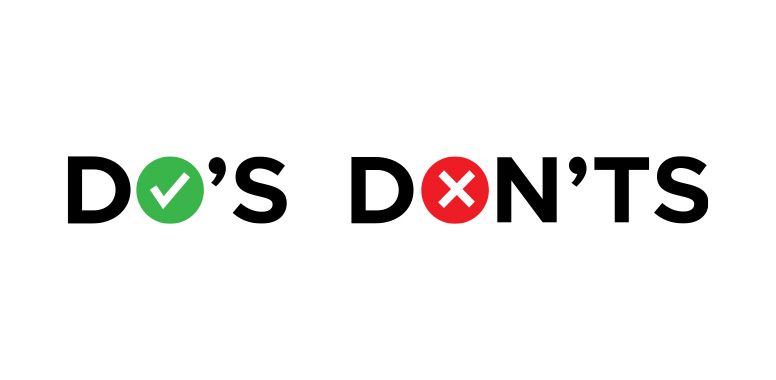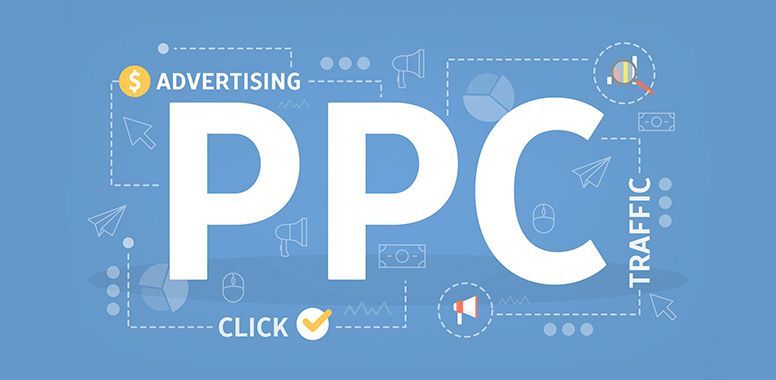Mastering Amazon SEO: A Beginner’s Guide for New Sellers
Selling on Amazon is more than just listing products, it’s about being found. Amazon functions as a search engine, and understanding Amazon SEO (Search Engine Optimization) is key to boosting your product’s visibility and increasing sales. If you want to stay ahead, ranking higher in Amazon’s search results should be a priority.
Optimizing your product listings using Amazon SEO principles can:
- Improve keyword search rankings
- Increase conversion rates
- Drive more sales
This guide breaks down key strategies, best practices, and expert tips to help new sellers optimize their product listings for maximum visibility on Amazon.
What is Amazon SEO and Why Does It Matter?
Amazon SEO is the process of optimizing product listings with relevant, high-traffic keywords to improve ranking in search results. Most shoppers don’t scroll past the first few pages, so higher-ranking listings get more visibility, and of course — more sales!
Why is Amazon SEO crucial? If your product isn’t optimized for search, you’re missing out on potential sales.
Amazon’s ranking algorithm (A9) considers factors like:
- Keyword relevancy – Ensuring your listing matches what customers search for
- Sales velocity – The speed at which your product sells
- Conversion rate – The percentage of visitors who make a purchase
Mastering these factors gives your product a competitive edge.
Understanding Amazon’s A9 Algorithm
The
A9 algorithm determines which products appear at the top of search results. Unlike Google, which prioritizes information retrieval, Amazon focuses on
commercial intent, showing listings most likely to result in a sale.
Amazon itself states that rankings depend on:
- Text match – How well your listing matches the search query
- Price & availability – Competitive pricing and stock levels
- Selection & sales history – Past sales performance
This means that relevance + performance = higher rankings. Amazon continuously updates A9, prioritizing listings with strong conversion rates and consistent sales.
How to Rank Higher on Amazon
While Amazon doesn’t reveal every detail of its A9 algorithm, successful sellers know that certain key elements impact ranking.
1. Keyword Research: The Foundation of SEO
Keywords connect your product to customer searches. Without the right keywords, your listing won’t appear in search results.
Use keyword research tools to:
- Identify high-traffic, relevant keywords
- Find long-tail keywords (specific phrases with lower competition)
- Analyze search volume & ranking potential
Where to Use Keywords in Your Listing
Amazon uses the information in your listing to understand your product, categorize it correctly, and display it to the most relevant customers. To maximize visibility and conversions, ensure you strategically place relevant keywords throughout your listing:
- Product Title: This is the most important field for keyword placement. Include your primary keyword as close to the beginning as possible while maintaining a natural, readable structure. Your title should be clear, informative, and within Amazon’s character limit to avoid truncation.
- Bullet Points: These should highlight key product features, benefits, and differentiators. Use a mix of primary and secondary keywords naturally to improve discoverability while ensuring readability. Focus on answering common customer questions and addressing pain points.
- Product Description: This section should be persuasive and informative, providing deeper insights into your product. Use storytelling, benefits-driven language, and secondary keywords to enhance relevance. If eligible for A+ Content, leverage enhanced visuals and formatting to improve engagement.
- Backend Search Terms: These are hidden but crucial for ranking. Use them to include additional relevant keywords that may not fit naturally in the visible parts of your listing. Avoid repetition and include synonyms, alternate spellings, and related terms to broaden search visibility.
Optimizing these elements with strategic keyword placement ensures that your product listing is both search-friendly and conversion-focused, increasing your chances of ranking higher in Amazon’s search results and driving more sales.
2. Sales Velocity: Why Faster Sales Matter
Sales velocity refers to the speed at which your product sells over a given period. Amazon prioritizes fast-selling products because they indicate strong demand, leading to higher rankings in search results.
How to Increase Sales Velocity:
- Run limited-time promotions – Discounts, coupons, and Lightning Deals can create urgency and drive more purchases.
- Offer competitive pricing – Ensure your product remains competitively priced within your category to attract more buyers.
- Use Amazon PPC ads to drive traffic – Paid advertising can increase visibility and bring more potential customers to your listing.
- Optimize your listing for better conversions – High-quality images, compelling bullet points, persuasive descriptions, and strong reviews all contribute to a higher conversion rate.
By improving your sales velocity, you create a positive feedback loop — higher sales lead to better rankings, which lead to even more visibility and sales. Prioritizing strategies to increase sales speed can help you stay ahead of the competition in the Amazon marketplace.
3. Conversion Rate: The Secret to Higher Rankings
Amazon rewards listings with high conversion rates—the percentage of visitors who buy your product. A higher conversion rate not only improves ranking but also increases sales potential.
How to Improve Your Conversion Rate:
- Use High-Quality Product Images: Amazon is a visual marketplace! Clear, professional photos help customers make informed buying decisions.
- Write Clear, Keyword-Rich Titles: Your title should be concise yet informative, including essential keywords naturally.
- Include Persuasive Bullet Points: Focus on benefits, not just features. Address pain points and show how your product solves customer problems.
- Gather Positive Reviews & Ratings: Social proof builds trust and influences buying decisions. Encourage satisfied customers to leave reviews.
- Keep Pricing Competitive: Customers compare prices, so ensure your pricing is in line with market expectations.
- Ensure Fast Shipping Options: Amazon Prime eligibility significantly boosts trust and increases the likelihood of conversions.
To monitor your conversion rate, check Seller Central under: Reports → Business Reports → Detail Page Sales & Traffic → Unit Session Percentage.
Improving your conversion rate not only increases sales but also enhances your listing’s ranking, creating long-term success in the Amazon marketplace.
Amazon SEO: Do’s & Don’ts
✅ Do This for Better Rankings:
- Use High-Quality Product Images: Professional and clear visuals attract customers and can significantly boost conversion rates.
- Optimize Titles & Descriptions: Craft keyword-rich and persuasive titles and descriptions to improve search visibility and appeal to potential buyers.
- Encourage Customer Reviews: Positive reviews build trust and can enhance your product's ranking. Encourage satisfied customers to share their experiences.
- Offer Competitive Pricing: Pricing your products competitively increases the likelihood of winning the Buy Box, leading to more sales.
- Track Keyword Rankings: Regularly monitor and update your listing's keywords to maintain and improve search ranking positions.
- Run Amazon PPC Ads: Utilize Amazon's Pay-Per-Click advertising to drive targeted traffic and increase product visibility.
❌ Avoid These Mistakes:
- Keyword Stuffing: Overloading your listing with keywords can make it less readable and may deter potential customers. Focus on natural integration of relevant keywords.
- Ignoring Backend Keywords: Neglecting hidden search terms can limit your product's visibility. Ensure you utilize backend keywords effectively to capture additional search traffic.
- Making False Claims: Exaggerated or unverified claims can lead to negative reviews and potential policy violations. Always provide accurate and truthful information about your products.
- Neglecting Competitor Analysis: Failing to study top sellers can result in missed opportunities for improvement. Analyze competitors to identify successful strategies and differentiate your offerings.
- Forgetting to Track Performance: Without regular performance analysis, it's challenging to identify areas for improvement. Utilize analytics tools to monitor your listings and make data-driven adjustments.
By adhering to these guidelines, you can enhance your product listings, improve search rankings, and drive increased sales on Amazon.
Rank Higher & Sell More
Amazon SEO isn’t a one-time task but an ongoing process. By optimizing your product listings with the right keywords, improving conversion rates, and increasing sales velocity, you’ll build a strong foundation for success.
Want an easier way to manage your Amazon SEO?
Chief Marketplace Officer’s
team of experts are available to
help sellers like you become an A-player in Amazon.
Reach out here or
book a zoom call today.
With the right strategy, your products can
rank higher, get more clicks, and make more sales. Start optimizing today and watch your business grow with
CMO!


